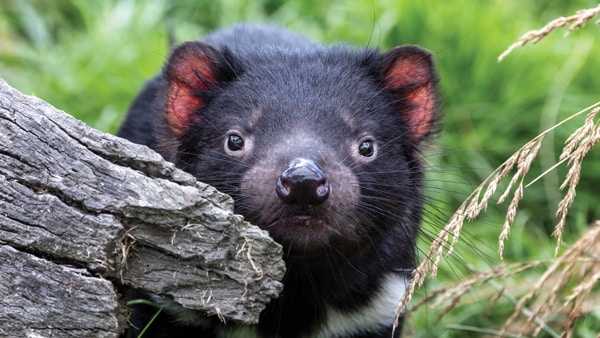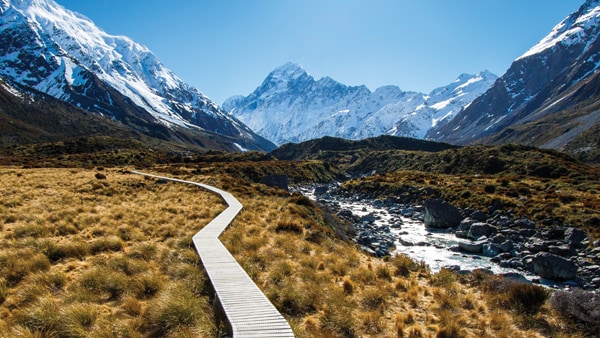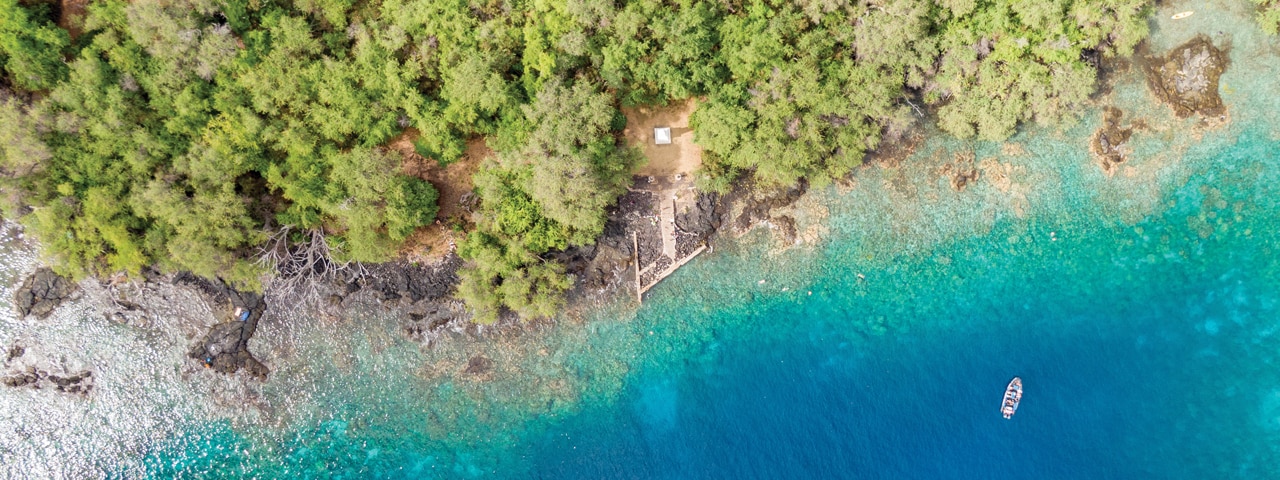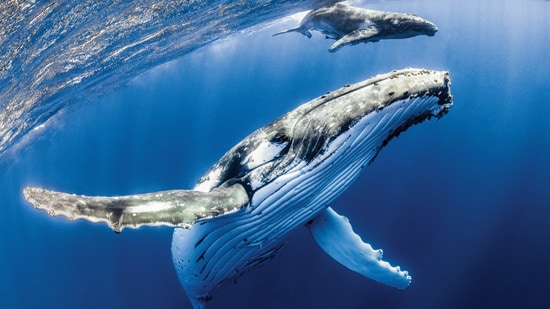In the footsteps of James Cook
ACS and time designer James Wallman invite you to replicate the journey of the world-famous explorer during his search for the Northwest Passage in the 1770s
There’s something alluring about following in the footsteps of one of the world’s best-known adventurers. British explorer, cartographer and naval officer Captain James Cook (7 November 1728 – 14 February 1779) spent his time doing pioneering work that changed the fields of science and geography forever.
In his book Time And How To Spend It: The 7 Rules for Richer, Happier Days, time designer James Wallman explains how positive experiences are key to enduring, sustainable happiness. Time, like money, has become a commodity that we are keen to spend well.
James’ STORIES framework aims to help people decide which experiences are worth spending time on and he works with ACS to create itineraries that embody the checklist and offer exceptionally rewarding luxury travel experiences.
The latest, titled ‘The Journey Of A Famous Explorer’, follows the path of James Cook’s final voyage. He is perhaps most famous for three voyages between 1768 and 1779, the last of which saw him command HMS Resolution. It was publicised that the trip was to return Pacific Islander Mai, Britain’s first Polynesian visitor who became a celebrity at the time, to Tahiti. However, the expedition’s main goal was to locate a Northwest Passage around the American continent, which would provide a new trade route from Britain.
This new 16-day itinerary offers the opportunity to visit some of the beautiful Pacific locations Cook navigated during his quest.
Days 1-3
Captain’s log: 26 January 1777 – the ships called at Tasmania, known in Europe as Van Diemen’s Land, the name given by Abel Tasman.
Your journey begins with an early start in Tasmania where you’ll visit a Tasmanian Devil sanctuary and learn about these animals from a local guide. This carnivorous marsupial was, until recently, only found on the island state of Tasmania and is still considered endangered. In the afternoon, hike up Mount Wellington to enjoy the sunset.
The next day, spend the morning kayaking around Freycinet National Park, famed for its clear waters, before a picturesque lunch of local catches at Freycinet Marine Farm.
Before you leave Tasmania for New Zealand, pay a visit to Adventure Bay and get closer to James Cook by perusing the Bligh Museum of Pacific Exploration.
Days 4-5
Captain’s log: 12 February 1777 – the expedition arrived at Ship Cove, Queen Charlotte Sound, in New Zealand.
Approaching New Zealand, enjoy a scenic cruise around the sounds (sea or ocean inlets that are larger than a bay, deeper than a bight and wider than a fjord) from Picton and up through the beautiful Queen Charlotte Sound to historical Ship Cove. Along the way, your skipper will provide a commentary on the surrounds, history and the wildlife, which includes birds, fish and mammals. The afternoon is spent carving greenstone (pounamu), a Māori tradition. Local carver Timoti Moran will take you to the streams of Te Tau Ihu where the pounamu is collected and will share the history and stories associated with the area.
The following day, set off south via helicopter with a short fuel stop along the way to Aoraki, or Mount Cook – the English name given to the mountain in 1851 by Captain John Lort Stokes to honour James Cook – and spend the afternoon trekking up New Zealand’s highest mountain in time for sunset.


Days 6-8
Captain’s log: 28 April 1777 – the expedition called at Nomuka, one of many stops in the Tongan archipelago.
On arrival in Tonga, climb aboard a yacht and spend the next two days at sea exploring the archipelago, just like Cook. You can relax and spend your days snorkelling and watching humpback whales with a local guide.
Days 9-10
Captain’s log: 23 August 1777 – the Resolution and Discovery anchored at Matavai Bay, Tahiti, where the expedition stayed for a month.
Back on dry land, after check-in at a hotel in Tahiti, jump in a jeep to Matavai Bay to relax and see the Captain Cook memorial and the lighthouse at Point Venus – named by Cook himself. Weather permitting, the afternoon is spent with a local guide lava tube canyoning through rivers and tunnels.
The next day sees an early start as you hike Mont Orohena at sunrise to enjoy its spectacular views and find a moment of pure peace.
Days 11-12
Captain’s log: 20 January 1778 – a party landed at Waimea Bay, Kauai. Cook’s ships were the first from Europe known to have called at the Hawaiian Islands.
Arrive at Waimea Bay for a morning of snorkelling near the Captain Cook monument. If you are feeling daring, you can cliff dive into the azure waters from a 30ft rock. After dosing up on vitamin sea, spend an afternoon at Waimea Valley in Oahu. Hike to Waimea Falls and swim in the pool at the bottom before heading to Toa Luau for an evening of culture – an authentic Hawaiian Luau dinner with a kava ceremony and Polynesian show.
The following day, hike through lush green forest to the Kalāhe’e Ridge for a Hānai ‘āina Conservation Workday. This involves restoring and protecting the native forest habitat by planting native Hawaiian plants, removing invasive species and participating in other conservation projects – a deeply rewarding day.
Days 13-14
Captain’s log: 27 June 1778 – the expedition sighted Unalaska in the Aleutian Islands, where a landing was made.
Spend a relaxing morning settling in to Unalaska in the Aleutian Islands before a post-dinner drive to Front Beach on the shores of Iliuliuk Bay, where you will gather round a cosy beach campfire with a local to learn about the islands.
On your second day, you can either hike to English Bay, where Captain Cook landed, to take in the views or charter a boat to see the bay as Cook did, by water.
Days 15-16
Captain’s log: 17 January 1779 – the ships anchored at Kealakekua Bay, Hawaii, where provisions were obtained and Cook took part in welcoming ceremonies.
Travel back to Hawaii, as Cook did, to Kealakekua Bay. Take part in a 25-minute kayak to the Captain James Cook Monument, a 27-foot-high obelisk in a coastal forest, where an expert will explain the history of the site. While there, you have the opportunity to go snorkelling and, if you’re lucky, you might catch a glimpse of some spinner dolphins, famous for their acrobatic displays. Your exploration of marine life continues into the evening, when you take a boat ride out to sea to watch the sun go down and go night snorkelling with manta rays, the largest rays in the world. Your final morning is spent relaxing and reflecting on your voyage, before returning home.
To complete this trip on scheduled commercial flights would take four days, one hour and 20 minutes. Flying privately saves two days, 22 hours and 45 minutes. As James might say, that’s time well spent.
Picture credit: Getty
The STORIES framework
James suggests using the below checklist when you’re trying to determine whether an activity is worth doing.
Story: a valuable and worthwhile experience is something that will add to your life story and create a treasured memory.
Transformation: experiences that change you and further your personal development, helping you to lead a more fulfilling life.
Outside and offline: the most worthwhile activities take place outside in nature and away from your phone or computer.
Relationships: studies have shown that loneliness is deadlier than smoking 15 cigarettes a day. Connecting with people is key to sustained happiness.
Intensity: do things that are challenging and worthwhile.
Extraordinary: activities that focus on a rare experience will be more memorable as they offer something out of the ordinary.
Status and significance: status comes from education and accumulating wealth, and can play a considerable part in your happiness levels, but it’s important to do significant things with whatever that status unlocks. James explains: “Status when you’re successful but on your own isn’t meaningful – it’s about giving back into the community.”

About James Wallman
James is an international best-selling author, entrepreneur, futurist and experience strategist and designer. He has written two books – Stuffocation and Time And How To Spend It: The 7 Rules for Richer, Happier Days – and is one of the founders of the World Experience Organisation. As well as advising companies from Absolut to Zurich Financial, James advises the British government in his role as ‘Sector Specialist, Experience Economy’ for the Department for International Trade. James lives in London with his wife and two children.

 ACS and time designer James Wallman invite you to replicate the journey of the world-famous explorer during his search for the Northwest Passage in the 1770s
ACS and time designer James Wallman invite you to replicate the journey of the world-famous explorer during his search for the Northwest Passage in the 1770s 

